Top 10 AI Tools for Brand Storytelling
Discover a powerful 8-step framework for building a brand storytelling strategy that drives growth, powered by AI. Learn how tools like ChatGPT, Claude, Grammarly, and Midjourney can automate goal-setting, audience research, content mapping, and visual creation to turn your content into a strategic growth engine.
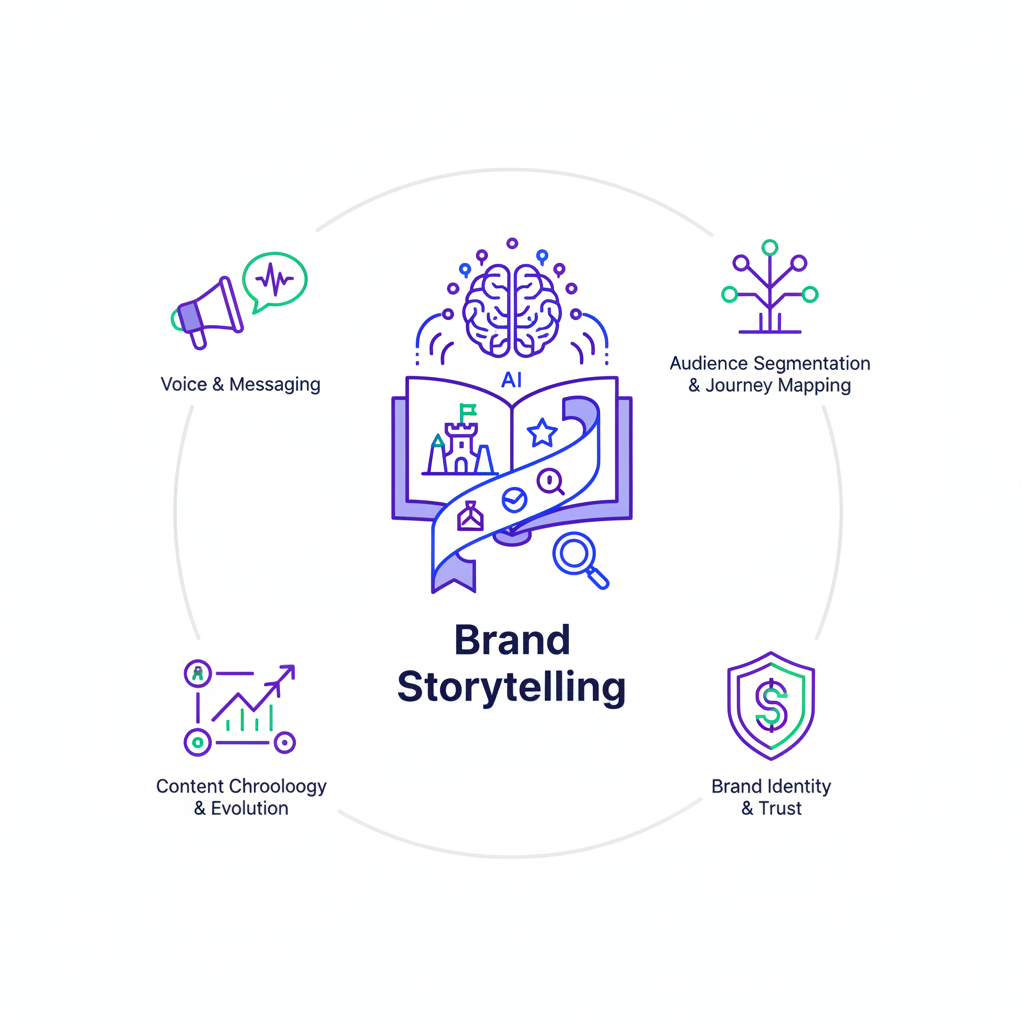
In the vast, noisy digital marketplace, brands are drowning in a sea of “random acts of content.” You’ve been there: publishing blog posts, updating social media, and sending newsletters, only to be met with silence. The metrics barely move, leads are stagnant, and you’re left wondering if anyone is even listening. This common frustration stems from a fundamental misunderstanding. The problem isn't a lack of content; it's a lack of connection, a story that doesn't resonate because it's not guided by a coherent strategy.
Many confuse the action of content marketing with the blueprint of a content marketing strategy. The first is about creating things; the second is about creating things that matter to the right people at the right time. It’s the framework that ensures every piece of content is a deliberate step toward a larger business objective. This article promises to deliver that framework. But we’re adding a modern, powerful twist. We’ll guide you through a comprehensive, step-by-step process for building a brand storytelling strategy that drives measurable growth, and at each stage, we will introduce the AI tools that transform this process from a daunting manual effort into an efficient, scalable, and data-driven operation.
What is AI-Powered Brand Storytelling (And Why It's Your Growth Engine)
At its core, brand storytelling is the strategic plan for building an audience by creating, maintaining, and distributing consistent, valuable, and emotionally resonant narratives about your brand. It’s not just about what you sell; it’s about what you stand for, the problems you solve, and the community you build. A great strategy turns your brand from a faceless entity into a trusted guide, building authority, generating organic traffic, nurturing leads, and fostering unshakable customer loyalty.
Traditionally, this has been a resource-intensive process. Now, artificial intelligence supercharges every facet of this endeavor. AI-powered brand storytelling uses intelligent tools to overcome the classic hurdles of scale, speed, data analysis, and personalization. It allows you to understand your audience on a deeper level, generate creative ideas on demand, produce high-quality content faster, and measure the impact of your stories with unprecedented clarity.
Think of it this way: a traditional content marketer is like a film director trying to manage every aspect of a production—from writing the script to holding the camera and editing the final cut. It’s possible, but slow and exhausting. The AI-powered storyteller is a director with a world-class crew. They still provide the vision and the strategic direction, but they have an AI assistant to help write the script (content generation), a robotic camera crew to capture the perfect shots (visual creation), and an intelligent editing suite to piece it all together (optimization and analytics). This is the new engine for growth, allowing you to tell bigger, better, and more impactful stories than ever before.
Step 1: Set SMART Goals and Define Your KPIs
A powerful story needs a purpose. Before you write a single word or design a single graphic, you must define what success looks like. A strategy that begins with content ideas instead of business objectives is like a ship setting sail without a destination—it might be moving, but it’s not making progress. Your goals anchor your entire brand storytelling effort, ensuring every piece of content serves a specific, measurable function.
The most effective way to set these goals is by using the SMART framework:
- Specific: Clearly define what you want to achieve. Instead of “increase traffic,” aim for “increase organic blog traffic from non-branded keywords.”
- Measurable: Define the metrics you will use to track progress. “Increase traffic by 25%.”
- Achievable: Be realistic. Your goal should be challenging but attainable with your available resources.
- Relevant: The goal must align with broader business objectives, such as increasing revenue or market share.
- Time-bound: Set a clear deadline. “Increase organic blog traffic by 25% in the next six months.”
While goal-setting is a deeply human and strategic task, AI can be a powerful brainstorming partner. You can use large language models (LLMs) to refine your objectives. For example, you can prompt an AI assistant to act as a marketing strategist, providing it with a broad business goal and asking it to help you formulate SMART goals and relevant Key Performance Indicators (KPIs).
Here are some common goals and their associated KPIs:
| Goal | Primary KPIs | Description |
|---|---|---|
| Brand Awareness | Organic Traffic, Social Media Reach, Impressions, Keyword Rankings | Measuring how many people are seeing and recognizing your brand. |
| Lead Generation | Form Submissions, Email Sign-ups, Gated Content Downloads | Tracking how many potential customers are showing interest. |
| Customer Conversion | Sales Conversion Rate, Content-Assisted Revenue | Attributing sales directly to your content marketing efforts. |
| Audience Engagement | Time on Page, Bounce Rate, Social Shares, Comments | Gauging how deeply your audience is interacting with your story. |
By setting clear, AI-assisted goals from the start, you ensure your brand’s story isn’t just being told—it’s performing.
Step 2: Pinpoint and Understand Your Target Audience
The most common mistake in brand storytelling is trying to speak to everyone. Content created for a general audience ultimately resonates with no one. A powerful story is a specific one, tailored to the unique goals, challenges, and desires of a well-defined group of people. To do this, you need to move beyond simple demographics and build detailed buyer personas.
A buyer persona is a semi-fictional representation of your ideal customer based on market research and real data about your existing customers. It’s a detailed profile that helps you understand your audience as real people, enabling you to craft stories that truly connect.
Key elements of a strong buyer persona include:
- Demographics: Age, location, income, education.
- Professional Role: Job title, industry, company size.
- Goals: What are they trying to achieve in their role or life?
- Challenges & Pain Points: What obstacles are standing in their way?
- Information Sources: Where do they go for information? (e.g., specific blogs, social networks, industry publications, podcasts).
- Motivations: What drives their decisions? Are they motivated by growth, efficiency, or security?
This is where AI becomes an invaluable research assistant. Creating personas used to involve weeks of surveys and interviews. Now, LLMs can synthesize vast amounts of information to generate incredibly detailed personas in minutes. You can feed an AI tool like ChatGPT, Claude, or Gemini information about your product and existing customers, and it can build a comprehensive profile for you.
Example AI Prompt for Persona Generation:
“Act as a market research analyst. Our company sells a project management SaaS tool for remote creative teams. Generate a detailed buyer persona for our ideal customer, a ‘Creative Project Manager.’ Include their daily responsibilities, biggest frustrations with current tools (e.g., poor collaboration features, clunky UI), professional goals (e.g., delivering projects on time and under budget), where they learn about new software (e.g., Capterra, specific design blogs, LinkedIn groups), and their key purchasing drivers (e.g., integration capabilities, ease of use, pricing).”
Using AI to build these personas allows you to create a deeply empathetic foundation for your brand’s narrative, ensuring every story you tell is aimed directly at the heart of your audience.
Step 3: Master Topic Research and Keyword Analysis
Once you know who you’re talking to, you need to figure out what they want to talk about. Effective brand storytelling meets your audience where they are, answering their questions and solving their problems. This process begins with topic research and keyword analysis—the art and science of discovering the exact phrases your audience is typing into search engines.
It’s crucial to understand keyword intent, which is the “why” behind a search query. Intent generally falls into four categories:
- Informational: The user is looking for information. (e.g., “how to improve team productivity”)
- Navigational: The user is trying to get to a specific website. (e.g., “Asana login”)
- Commercial: The user is investigating products or services before a potential purchase. (e.g., “best project management tools”)
- Transactional: The user is ready to buy. (e.g., “Asana premium pricing”)
A robust content strategy addresses all relevant intents. To organize this, many marketers use the “topic cluster” model. This involves creating a central, comprehensive “pillar page” on a broad topic (e.g., “Project Management for Creatives”) and surrounding it with multiple “cluster pages” that cover specific, related subtopics in more detail (e.g., “how to run a design sprint,” “tools for creative collaboration,” “managing client feedback”). This structure signals to search engines that you are an authority on the subject, boosting your rankings.
AI has revolutionized this entire process. LLMs are exceptional brainstorming partners for generating endless topic ideas. You can use tools like Gemini or ChatGPT to quickly build out entire topic clusters.
Example AI Prompt for Topic Clusters:
“My brand sells high-end, ergonomic office chairs. Our target audience is remote workers and small business owners. Generate a topic cluster model for our blog. The pillar page should be ‘The Ultimate Guide to Ergonomics for Home Offices.’ Provide 10 supporting cluster post ideas with target informational keywords for each.”
Dedicated AI writing platforms like Jasper and Copy.ai also have built-in modules for SEO research, helping you identify keywords and generate content briefs. These tools analyze top-ranking content to give you data-backed recommendations on what topics to cover and how to structure your articles for maximum search visibility.
| AI Tool | Approach to Topic Research | Best For |
|---|---|---|
| ChatGPT/Gemini | Conversational brainstorming and ideation. | Quickly generating a high volume of creative ideas and structuring topic clusters. |
| Jasper/Copy.ai | Integrated SEO modes and content brief generation. | Creating data-driven outlines and briefs based on competitor analysis. |
| Writesonic | Combines ideation with analysis of top-ranking articles. | A streamlined workflow from idea to first draft with SEO in mind. |
By leveraging AI for research, you move from guessing what your audience wants to know to building a data-driven content engine that systematically captures organic traffic.
Step 4: Map Content to the Full Customer Funnel
A common pitfall in content marketing is focusing exclusively on top-of-funnel (TOFU) content like blog posts. While essential for attracting new audiences, this approach neglects the crucial stages where prospects evaluate your solution and decide to buy. A truly effective brand story guides the customer through their entire journey, from initial awareness to the final purchase decision.
This journey is typically broken down into three stages:
- Top of Funnel (TOFU - Awareness): The customer is aware they have a problem but may not know about your solution. The goal here is to attract and educate. Content is typically broad and problem-focused.
- Middle of Funnel (MOFU - Consideration): The customer is actively researching and comparing solutions. The goal is to nurture and build trust by demonstrating your expertise and value.
- Bottom of Funnel (BOFU - Decision): The customer is ready to make a purchase decision. The goal is to convert them by showcasing why your solution is the best choice.
Here are content examples for each stage:
- TOFU: Blog posts (“5 Ways to Improve Remote Team Communication”), infographics, social media updates, educational videos.
- MOFU: In-depth guides, ebooks, case studies, webinars, comparison articles (“Our Tool vs. Competitor X”).
- BOFU: Free trials, live demos, detailed pricing pages, customer testimonials, implementation guides.
AI writing assistants are incredibly effective at helping you create content for every stage of this funnel at scale. Tools like Writesonic or Jasper can be prompted to generate different formats tailored to specific funnel stages. For example, you can use an AI tool to outline a TOFU blog post, then use it again to draft a script for a MOFU webinar based on that post, and finally, use it to write compelling copy for a BOFU landing page that promotes the webinar. This creates a cohesive narrative thread that pulls the customer seamlessly through their journey, ensuring you have the right story to tell at the right moment.
Step 5: Choose Your Core Content Formats and Distribution Channels
Your brand’s story can be told in many ways—through words, images, video, or audio. The key is to choose formats and channels that align with your topic, your brand identity, and, most importantly, your audience’s preferences. A B2B audience of engineers might prefer detailed whitepapers on LinkedIn, while a B2C audience interested in fashion might prefer visually stunning lookbooks on Instagram and TikTok.
Don’t try to be everywhere at once. Start by mastering one or two core formats and channels where your audience is most active. Common content formats include:
- Written: Blog posts, ebooks, whitepapers, case studies.
- Visual: Infographics, custom illustrations, photography.
- Video: Tutorials, interviews, product demos, webinars.
- Audio: Podcasts, audio articles.
This is where generative AI truly shines, especially in the visual domain. Creating unique, high-quality visuals has historically been expensive and time-consuming. Now, AI image generators like Midjourney and DALL-E allow you to create breathtaking, on-brand visuals with simple text prompts. You can generate custom blog headers, abstract concepts for presentations, or unique social media graphics that set you apart from competitors who rely on generic stock photos.
| Feature | Midjourney | DALL-E |
|---|---|---|
| Primary Use Case | Highly artistic, stylized, and atmospheric images | Realistic, versatile, and direct prompt interpretation |
| Best For | Creating a unique brand aesthetic, conceptual art | Product mockups, specific scenes, clear illustrations |
| Learning Curve | Steeper (Discord-based, specific commands) | Easier (Web-based interface) |
| Integration | Primarily via Discord | API available for integration into apps |
By using AI to create compelling visuals, you can tell a richer, more engaging brand story across multiple formats without needing a massive design budget. This allows you to experiment with different formats and find what resonates most with your audience.
Step 6: Build Your Content Calendar and Creation Workflow
Consistency is the bedrock of brand storytelling. Sporadic content updates fail to build momentum or audience trust. The best way to ensure consistency is with a well-organized content calendar and a streamlined creation workflow. A content calendar is your single source of truth for all content activities, transforming your strategy from a document into an actionable plan.
Essential components of a content calendar include:
- Publish Date
- Topic/Title
- Content Owner/Author
- Status (e.g., Ideation, Drafting, In Review, Scheduled)
- Format (e.g., Blog Post, Video)
- Target Keyword
- Target Persona
- Distribution Checklist
A simple, scalable workflow ensures that every piece of content moves efficiently from idea to publication:
Ideation -> Content Brief -> Drafting -> Editing & SEO -> Approval -> Scheduling -> Promotion
AI tools are instrumental in the “Editing & SEO” phase of this workflow. After a draft is created (perhaps with the help of an AI writer), AI-powered editing tools ensure it is polished, professional, and aligned with your brand voice. Grammarly, for example, goes far beyond basic spell-checking. Its premium features can analyze tone, clarity, and conciseness, helping you maintain a consistent brand voice across all your writers and content pieces. It acts as an automated brand style guide, ensuring your story is always told with the right language.
For adapting content, a tool like QuillBot is invaluable. It can paraphrase sentences or entire paragraphs to improve flow, avoid repetition, or adjust the tone for different audiences. This is especially useful when repurposing content for various channels, ensuring your message feels fresh and native to each platform.
Step 7: Amplify Your Reach with a Multi-Channel Distribution Strategy
Many brands fall into the “create and pray” trap. They spend 90% of their effort creating a piece of content and only 10% promoting it, hoping the audience will magically find it. The reality is that creation is only half the battle. A brilliant story that no one sees has zero impact. A successful strategy requires a deliberate, multi-channel distribution plan to amplify your message.
The PESO model provides a useful framework for thinking about distribution:
- Paid: Paying for promotion (e.g., social media ads, sponsored content, search ads).
- Earned: Gaining free publicity through outreach (e.g., media mentions, guest posts).
- Shared: Encouraging organic sharing on social media and in communities.
- Owned: Leveraging channels you control (e.g., your email list, blog, social media profiles).
AI is a massive force multiplier for distribution, particularly for your owned and shared channels. Content repurposing is one of the highest-leverage activities, and AI makes it incredibly efficient. You can take one long-form blog post and use an AI tool like Jasper or Writesonic to instantly transform it into dozens of other assets.
Example AI Repurposing Prompt:
“Take the following 2000-word blog post about ‘The Future of Remote Work.’ From this, generate:
- 5 engaging, thought-provoking tweets with relevant hashtags.
- A 200-word summary for a LinkedIn post.
- A 150-word blurb for our weekly email newsletter.
- 3 questions to spark discussion in a relevant online community.”
This process, which used to take hours of manual work, can now be done in minutes. By using AI to repurpose and distribute your core stories across multiple channels, you maximize the ROI of every piece of content you create, ensuring your message reaches the widest possible audience.
Step 8: Measure What Matters: Tracking Performance and ROI
A brand story is not just a creative exercise; it’s a business asset that must deliver a return on investment (ROI). The final, crucial step of your strategy is to measure performance, analyze the results, and optimize your approach over time. Vague measurement leads to vague results. You must connect the metrics you track directly back to the SMART goals you established in Step 1.
Essential tools for this are Google Analytics and Google Search Console. They provide a wealth of data on how your audience is finding and interacting with your content.
- Google Analytics: Tracks website traffic, user behavior (time on page, bounce rate), and conversions. You can see which content pieces are driving the most leads or sales.
- Google Search Console: Shows you which keywords your site is ranking for, your click-through rate from search results, and any technical SEO issues.
AI is increasingly being integrated into these platforms to provide deeper insights. For example, Google Analytics 4 uses machine learning to offer predictive metrics, like which users are most likely to convert. Beyond these platforms, you can use the data analysis capabilities of advanced LLMs like Claude or ChatGPT. You can export your performance data into a spreadsheet and feed it into advanced LLMs like Claude or ChatGPT, prompting them to 'Act as a data analyst and identify three key content optimization opportunities based on this data set.' This powerful combination of data and AI-driven insights closes the loop, ensuring your brand story is constantly evolving and improving its performance.
Conclusion: The AI-Powered Storyteller
The future of brand storytelling is not about creating more content; it's about creating better, more relevant content, more efficiently. The eight-step strategy we have outlined—from setting SMART goals and understanding your audience to leveraging the power of generative AI for creative execution—provides a robust, scalable framework for growth.
The AI tools discussed—ranging from the stylistic guidance of Grammarly and the content creation versatility of ChatGPT and Claude, to the visual innovation of Midjourney—are not here to replace the human strategist. They are here to empower them. They remove the tedious, repetitive bottlenecks that stifle creativity, allowing you to focus on the truly strategic and human elements of your brand: empathy, authenticity, and narrative vision.
By integrating these AI co-pilots into your content strategy, you move beyond the cycle of "random acts of content" and into a deliberate, data-driven system where every story you tell is a high-leverage business asset. Start today by choosing one step in this framework, integrating a relevant AI tool, and watching your brand's narrative drive measurable, meaningful growth.
Featured Tools

10Web is an AI-powered WordPress platform that offers automated website building, hosting, and optimization with AI assistance for content and image generation.
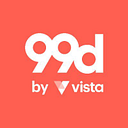
A global creative platform connecting businesses with freelance designers for custom graphic design projects.

Acquire.io is a customer engagement platform offering live chat, AI chatbots, co-browsing, and video chat to enhance customer support and sales.

A customer experience automation platform combining email marketing, marketing automation, and CRM with AI-powered personalization.

An AI-powered customer service automation platform that delivers personalized, instant support across various channels.
Top AI Categories
Related Articles
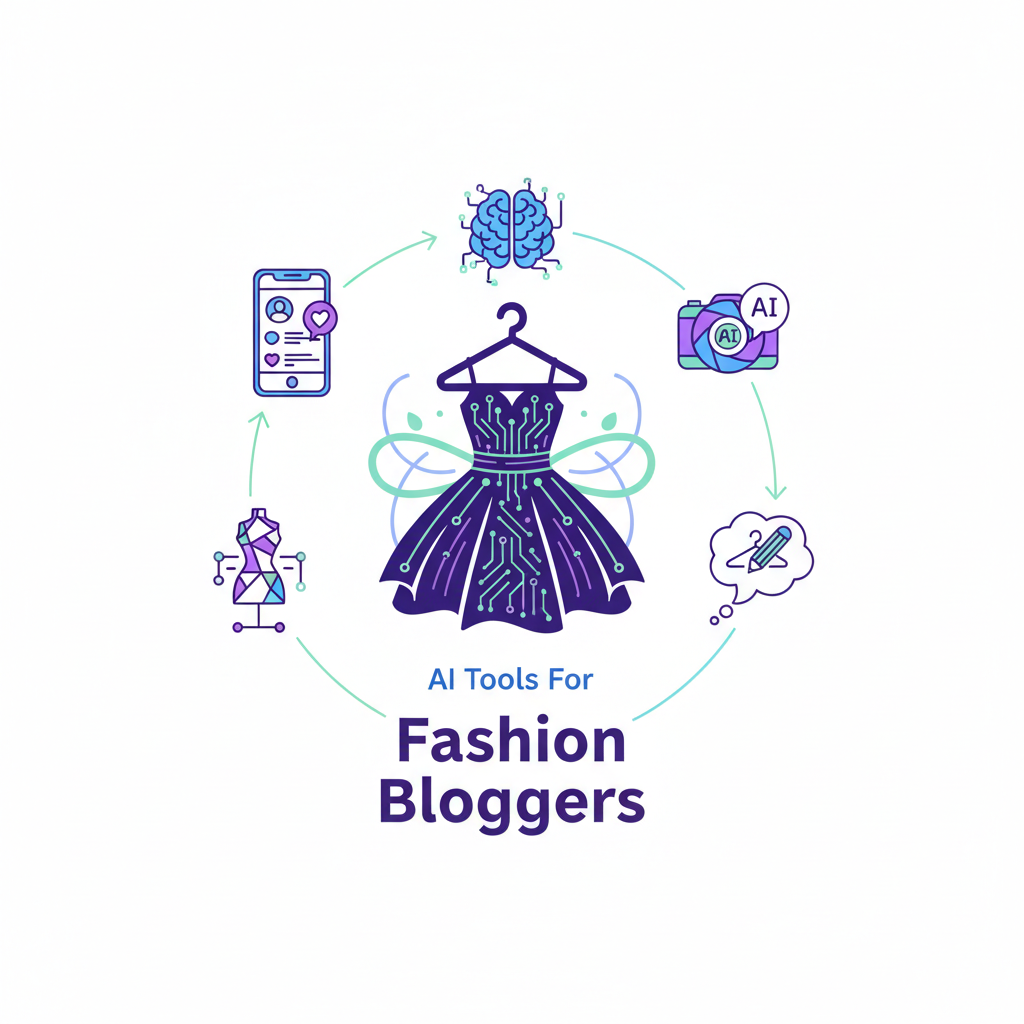
Top 10 AI Tools for Fashion Bloggers
Discover insights about AI tools and technology.
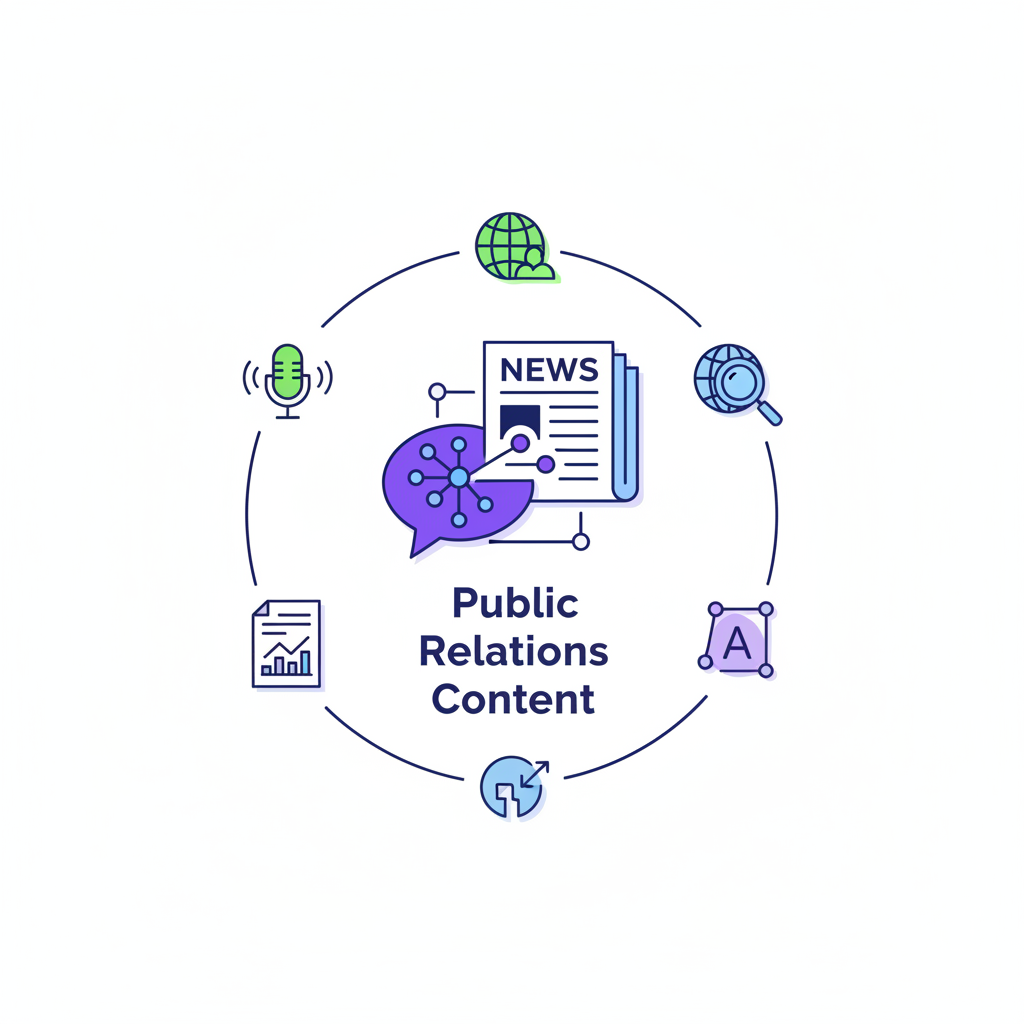
Top 10 AI Tools for Public Relations Content
Discover insights about AI tools and technology.
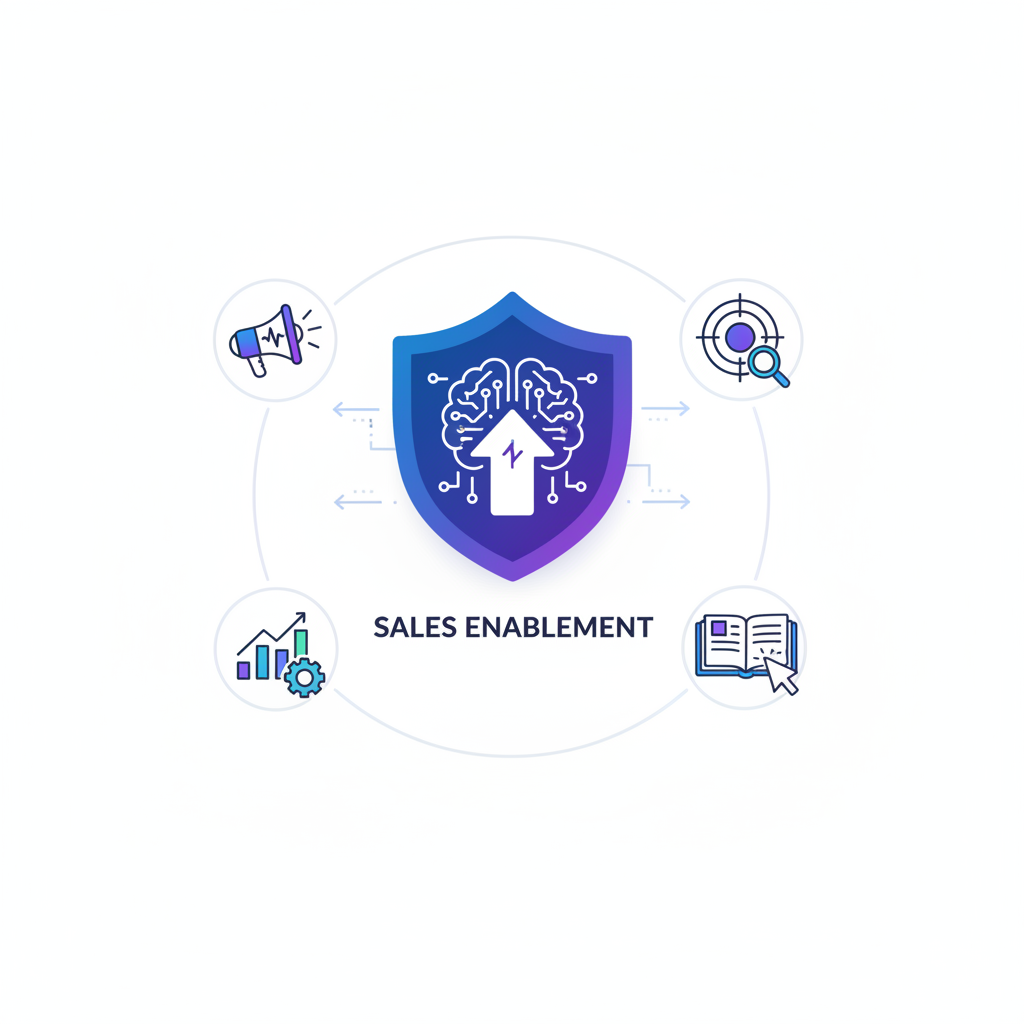
Top 10 AI Tools for Sales Enablement
Discover insights about AI tools and technology.